Introduction
- Technology has revolutionized care delivery.
- Different innovations connect patients, providers, and insurers.
- Nanthealth is a telehealth provider.
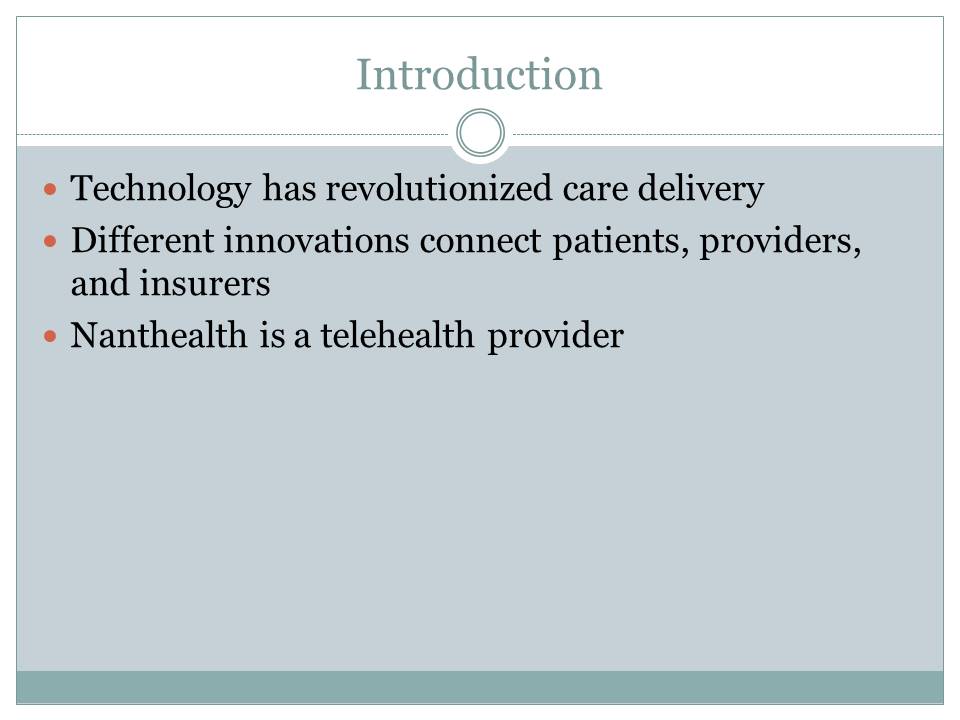
Technologies from Nanthealth
- DCXTM.
- VCXTM.
- Eviti® Connect and NaviNet Open.
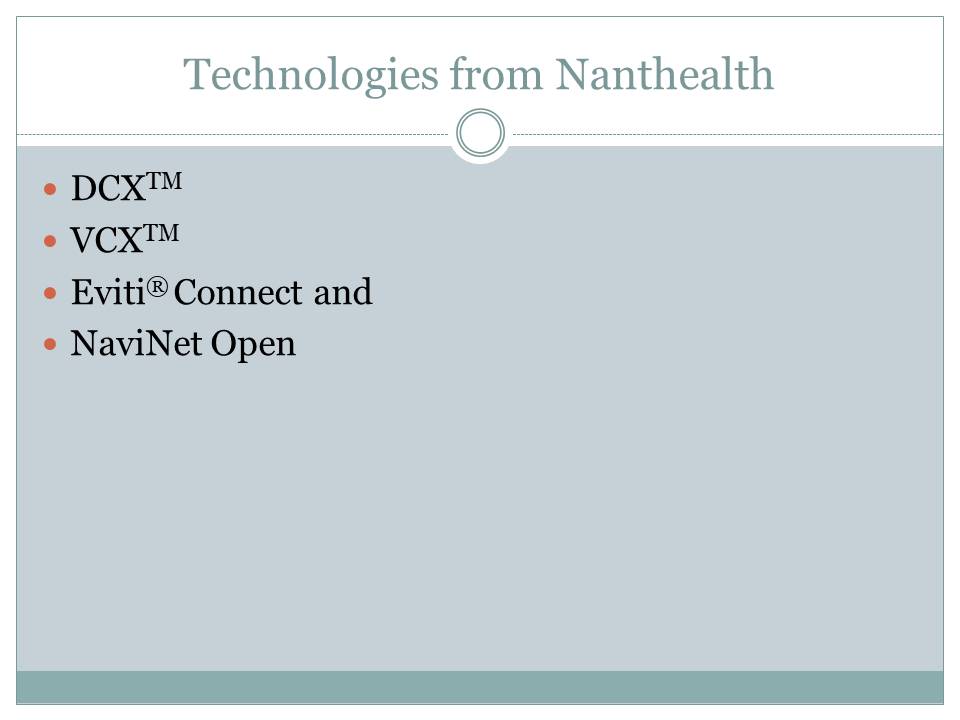
How the Technologies Work
- DCXTM captures patient data from any repository.
- Has a vendor-agnostic architecture.
- Supports medical and consumer-grade devices.
- VCXTM streamlines data validation.
- Automates the whole vitals collection workflow.
- Eliminates the need for manual transcription.
- Eviti® Connect eliminates variability in care.
- Offers nationally accepted treatment standards at the point of clinical prescribing.
- Designed for use in oncological care.
- NaviNet Open – a multi-payer platform.
- Enhances collaboration across different provider networks.
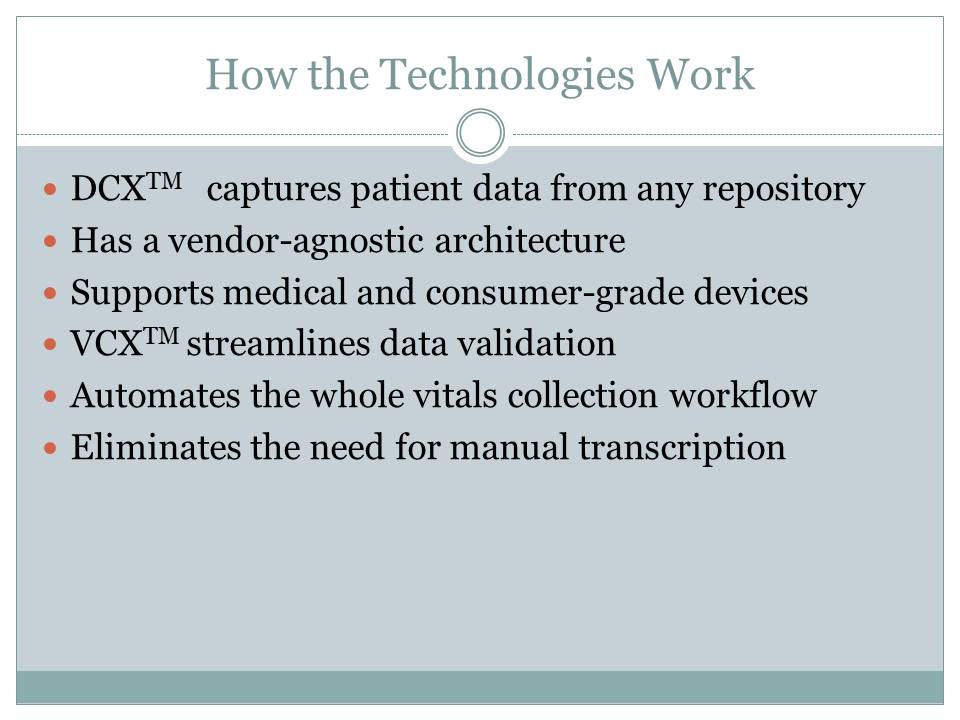
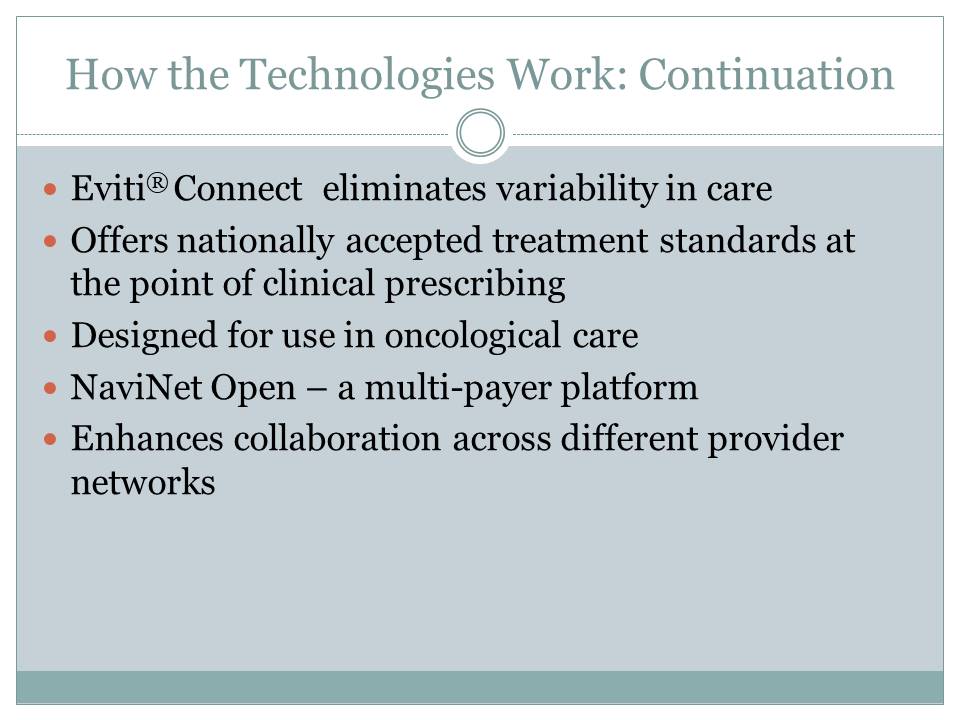
Real-Time Data and Outcome-Focused Planning
- Real-time patient data has improved care delivery.
- Clinicians make treatment decisions based on real-time data.
- Real-time data eliminates the inefficiencies.
- Saves time and allows resource optimization.
- Technology improves efficiency.
- It eliminates time and resources wastage.
- Patient data is analyzed promptly to determine the best course of action.
- Patients are scheduled to appear at the correct point of care at the right time.
- Allows care providers to plan based on the desired outcomes.
- Real-time data also helps in optimizing resource deployment.
- Handheld devices collect patient data.
- Uploads it wirelessly to the hospital’s system.
- Relevant parties access it for evidence-based decision-making.
- Real-time data allows easy and efficient planning and resource allocation.

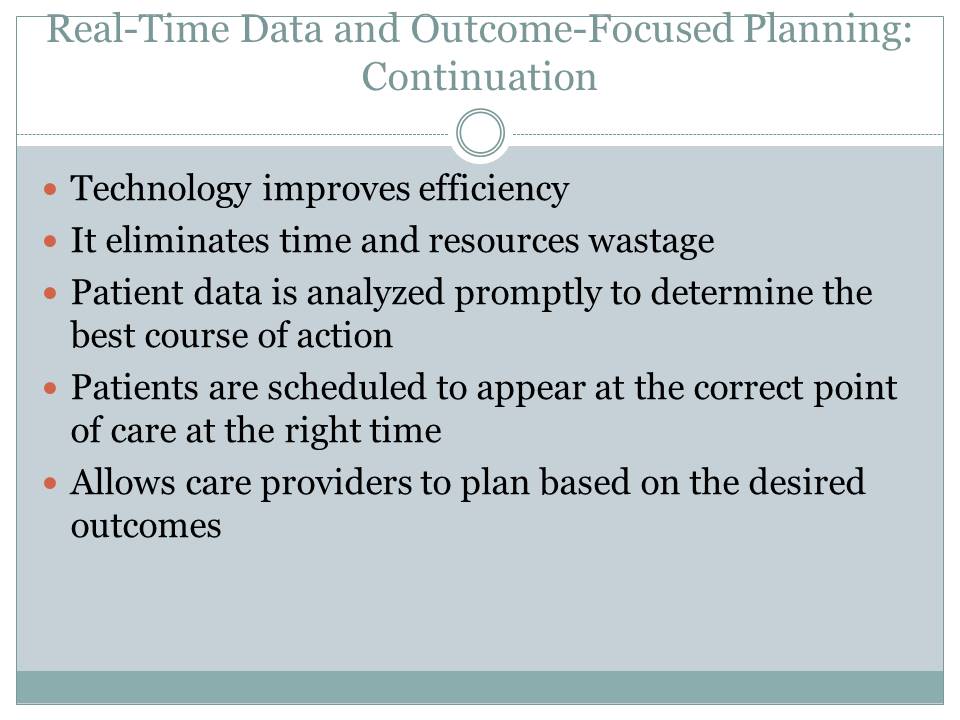

Future Impact of Technology on Healthcare
- Technological innovations to shape health care delivery.
- Virtual reality (VR) and artificial intelligence (AI) to take center stage.
- VR technologies to be used in pain management, occupational therapy, and counseling.
- AI to be used in diagnostics, information synthesis, and EHR analytics.
- Wearable devices to become ubiquitous.
- Technology to derive value from wearable devices.
- Smarter therapies to emerge.
- People to experience improved quality of life through precise and personalized treatment.
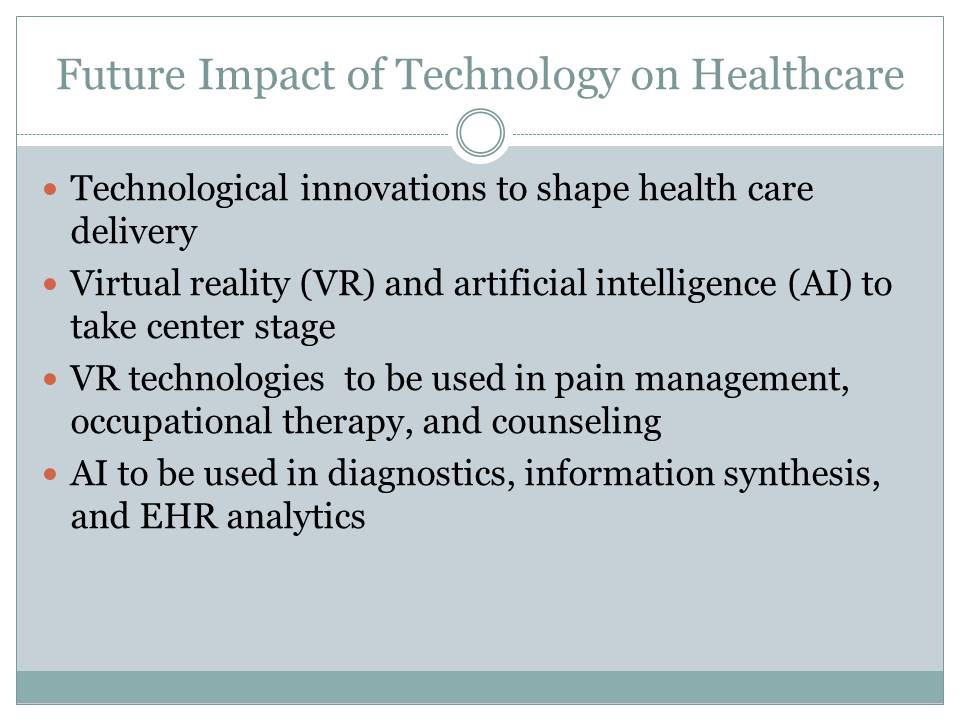
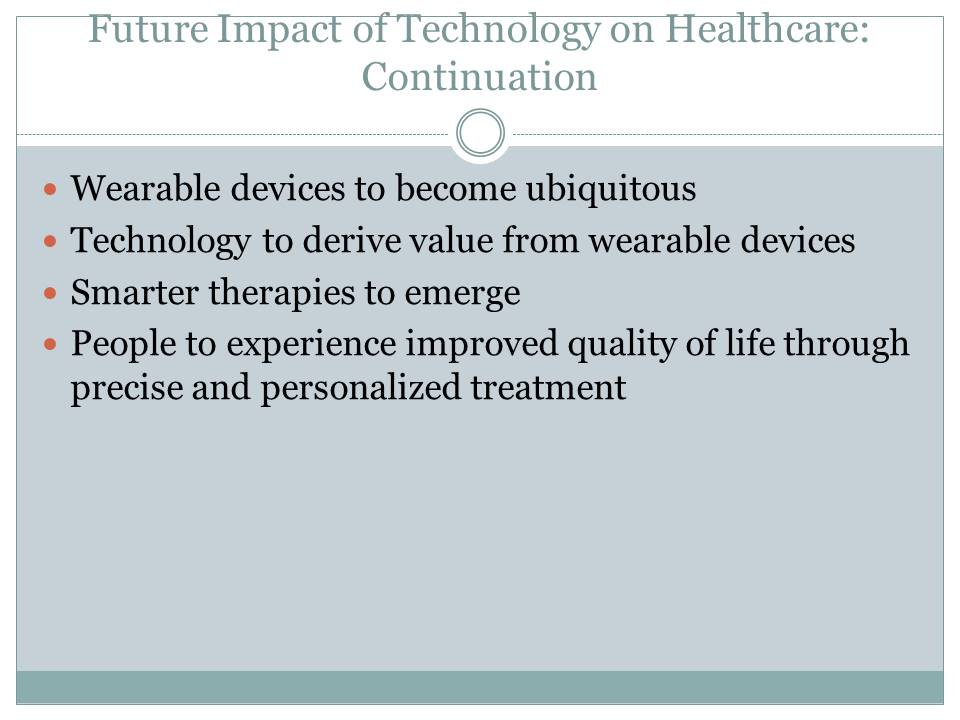
References
Banova, B. (2019). The impact of technology in healthcare. American Institute of Medical Sciences and Education. Web.
Glenister, H. (2015). How real-time data can improve patient care. Nursing Times, 111(39), 15-17.
Kruse, C. S., & Beane, A. (2018). Health information technology continues to show positive effect on medical outcomes: Systematic review. Journal of medical Internet Research, 20(2), 1-17. doi:10.2196/jmir.8793
Nanthealth. (2019). Enabling value-based care through precision medicine. Web.
Nelson, E. C., Dixon-Woods, M., Batalden, P. B., Homa, K., Van Citters, A. D., Morgan, T. S., … Lindblad, S. (2016). Patient focused registries can improve health, care, and science. BMJ, 354, 1-6. doi:10.1136/bmj.i3319